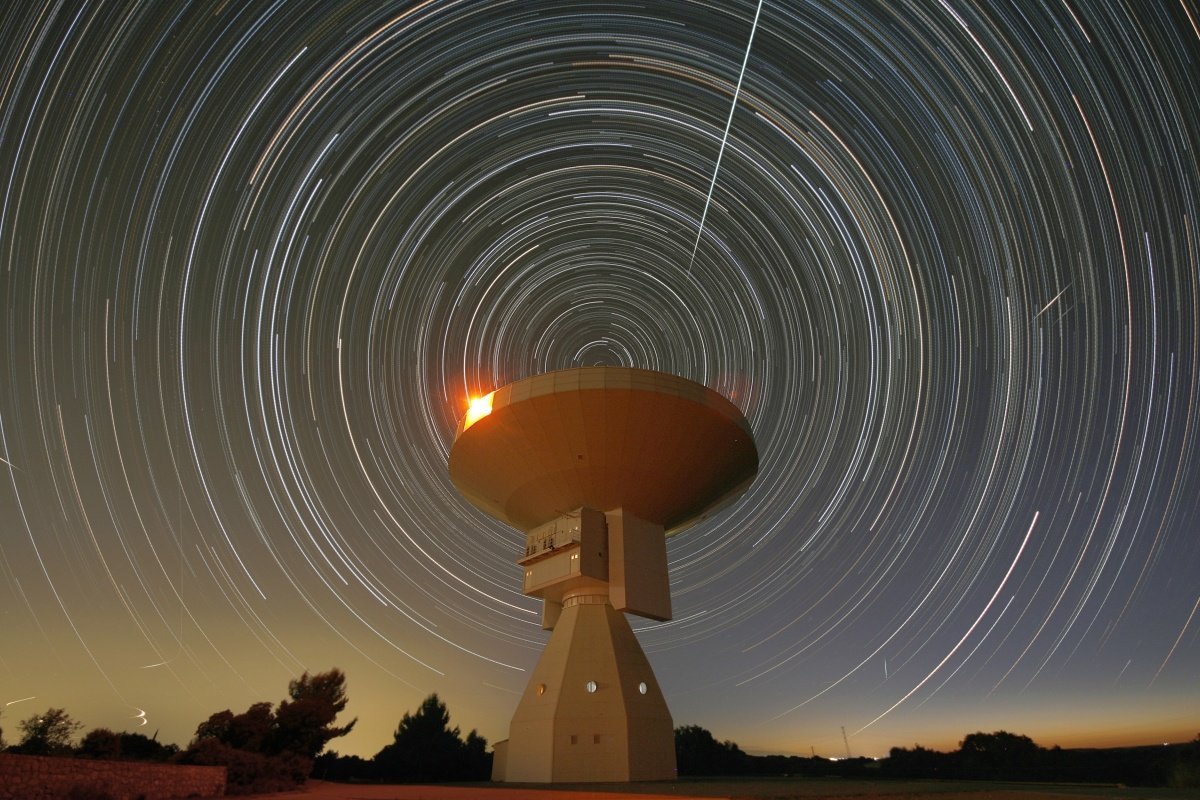The study, published Monday, January 30 in the scientific journal Nature AstronomyA PhD student at the University of Toronto applied deep learning techniques to a database of nearby stars to accelerate the rate of discovery of technologically advanced extraterrestrial life.
Researcher Peter Ma worked with researchers from the SETI Institute (Search for Extraterrestrial Intelligence), the Breakthrough Listen Initiative, and other institutions to review work on algorithms developed decades ago for the first digital computers. The study returned eight previously unidentified signs of promising extraterrestrial intelligence.
The research looked for technological signatures (narrowband Doppler fluctuating radio signals) in 820 star targets – based on deep learning – from the Hipparcos Catalogue, a library originating from the space mission of the same name. There was over 480 hours of sky data Taken by the Robert C. Byrd Telescope from Green Bank, USA.
What did the new deep learning techniques show?
“In total, we searched 150 terabytes (TB) of data from 820 nearby stars.In a dataset that was already searched with classical techniques in 2017, but labeled [na época] it lacks interesting signs,” Ma said in a statement. Now the search team is rescheduling the search to 1 million stars with South Africa’s 64-antenna radio telescope MeerKAT.
The purpose of reexamining the old work was not to discover new information, but to apply new deep learning techniques to a classical search algorithm to produce faster and more accurate results. We need distinguishes exciting radio signals from space from uninteresting radio signals from Earth‘, explains Ma.
So, by simulating signals from both types, the team trained machine learning tools to distinguish between extraterrestrial-like signals and interference produced only by humans. New algorithm created by ma The paper’s second author, Cherry Ng, of the Dunlap Institute for Astronomy and Astrophysics will be able to refine the search for “extraterrestrial signals from other civilizations.”
ARTICLE – Nature Astronomy – DOI: 10.1038/s41550-022-01872-z.
Source: Tec Mundo
I’m Blaine Morgan, an experienced journalist and writer with over 8 years of experience in the tech industry. My expertise lies in writing about technology news and trends, covering everything from cutting-edge gadgets to emerging software developments. I’ve written for several leading publications including Gadget Onus where I am an author.













